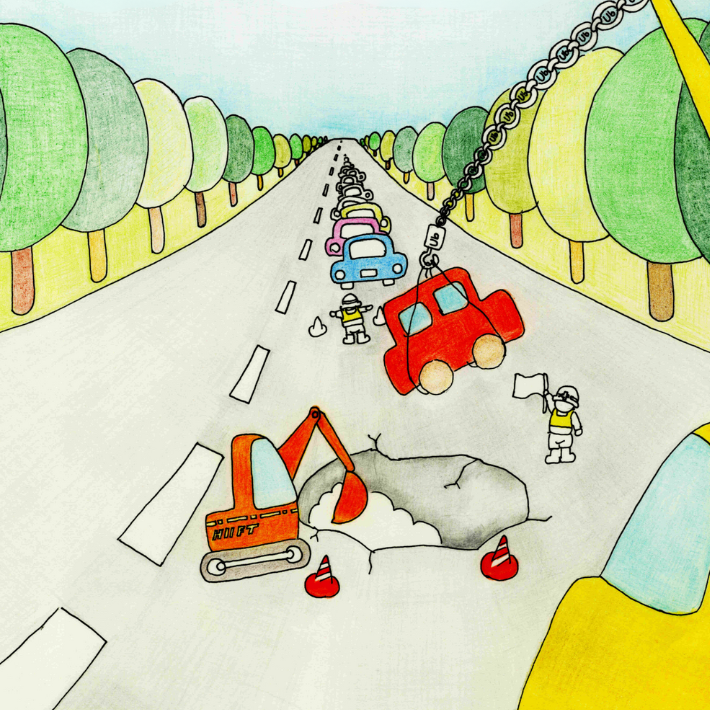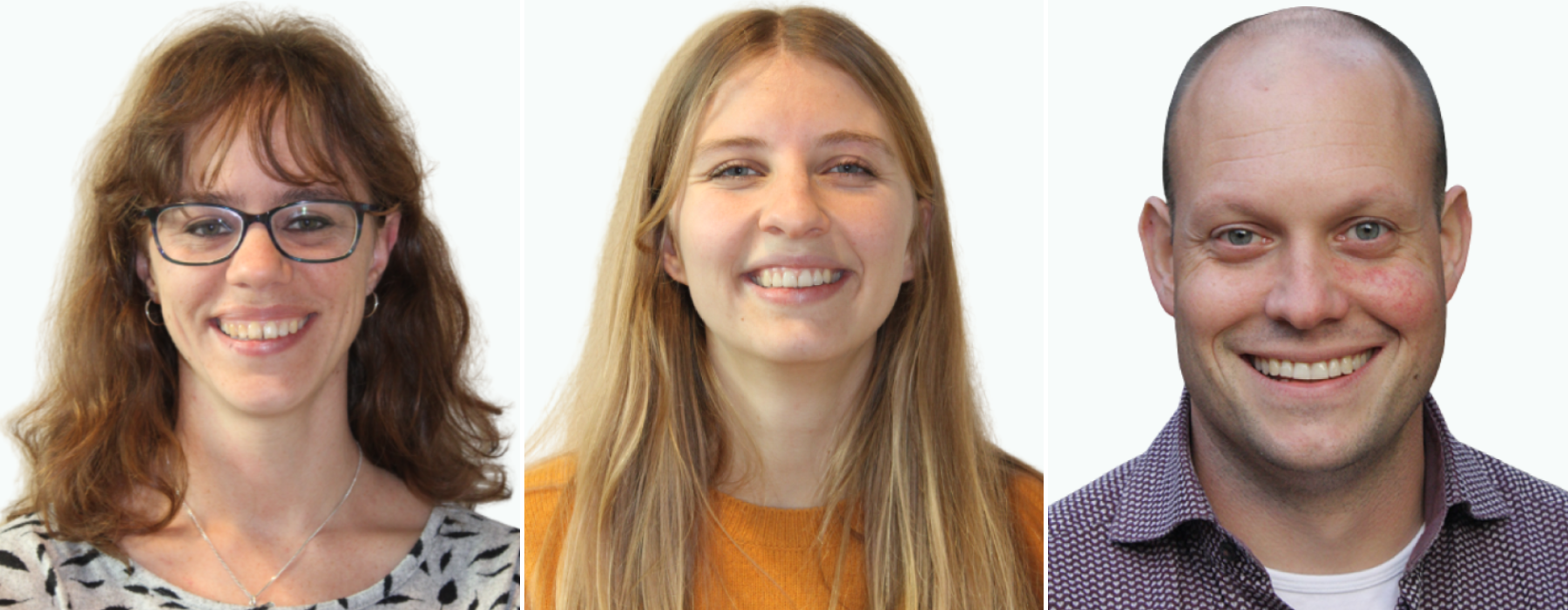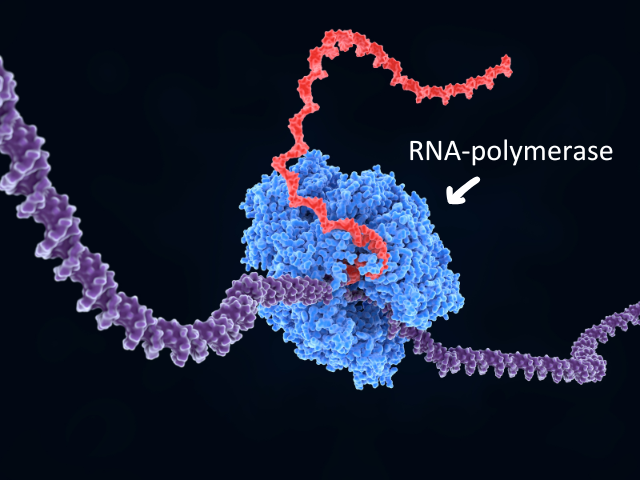Essential, previously unknown step in DNA damage repair unraveled
The repair of damage to DNA can be compared to the repair of a hole in the road or damage to a train track.
&width=710&height=710)
In every cell of our body, an estimated tens of thousands of DNA damages occur every day. This damage occurs, for example, from sunlight, but also from smoking, alcohol, food and simply because we breathe. In the vast majority of cases, our body can repair the DNA itself. This repair mechanism prevents various diseases, including cancer and neurodegeneration (breakdown of brain and nerve cells).
Cells in the human body use multiple DNA repair systems, each with its own components and modes of action. However, we still know very little about some repair systems. The LUMC researchers discovered an essential step in one such lesser-understood repair system.
mRNA copy machine
To understand what the scientists discovered, it is important to know how cells use DNA. Imagine that your DNA is a really big bookcase full of recipes for everything that needs to happen in the body. But the body can't just take those recipes from a book. It takes a special “copy machine” to do that. That copy machine is called RNA polymerase.
The copy machine can select from the bookcase and copy recipes needed for a cell to function properly. For example, a combination of recipes will determine that one cell will be a muscle cell, while another should be a nerve cell. In this way, all the cells in our body can perform different functions, even though the DNA in each cell is the same.
Like a train on the tracks
RNA polymerase moves to the specific piece of DNA where the recipe (a gene) is located. Thousands of recipes are read at a time at each cell. The enzyme is a rather bulky lump compared to the DNA. To do its job, the DNA - which consists of two strands wrapped around each other in a double helix - must be pulled apart a little. Then the “copy machine” fixes itself on one of the strands, like a train on rails, and “rides” to read off the correct recipe. This process is called transcription. The copy that RNA polymerase makes is called mRNA (messenger RNA) and this serves as the blueprint for protein production.
Problems on the tracks
The process described above continues all day, your entire life. The copying usually goes smoothly, but sometimes the 'train' gets stuck because the DNA is damaged (the track is broken). Van den Heuvel: "RNA polymerase cannot get around or over it. First, it calls on proteins to give it a push. If that does not work, the proteins call on a specialized team of repair proteins to cut out the damaged piece of DNA and replace it (the track is repaired). But before they can get started, that large RNA polymerase has to get away first, and it is stuck fast."
Van der Meer adds: "The RNA polymerase has, as it were, driven into a hole, and before the repair can begin, a crane has to come to hoist the enzyme off the track. We have now discovered the protein that grabs the stuck RNA polymerase on one side and places the crane in the right place on the other side, so that the stuck 'copy machine' can be removed and the broken track can then be replaced. This missing factor is the STK19 protein. Until now, it was not known that this protein played an important role in the repair process."
Picture not yet complete
With STK19, the researchers have discovered a new piece in the puzzle of the complex system that recognizes and repairs DNA damage. But that does not complete the picture. Van der Meer: "We have not yet succeeded in simulating the entire damage repair process in the lab, not even with STK19. That probably means that we are still missing important factors."
Van den Heuvel: "For example, we know that a specific protein recognizes the stalled RNA polymerase. But how exactly does this work? We do not understand that yet. But it seems that we have now found a new factor that helps with that. But a lot of research still needs to be done. And there are more proteins that are potentially interesting to investigate. In short: we still have a few years of research ahead of us."
International top research
Luijsterburg, group leader of the research, concludes: "Our findings are a milestone in international research into DNA repair, to which we are now adding an essential, previously unknown step. It also shows that in addition to excellent patient care, international top research is also being conducted at the LUMC. We can rightly be proud of that."
This study was an international collaboration with researchers from the University of Copenhagen and the Max Planck Institute in Göttingen. Click here to read the scientific publication in Cell.
For his work on DNA repair, Luijsterburg received both a prestigious Vici grant and an ERC Consolidator grant in 2021, which funded this research.

Diana van den Heuvel, Paula van der Meer and Martijn Luijsterburg.
